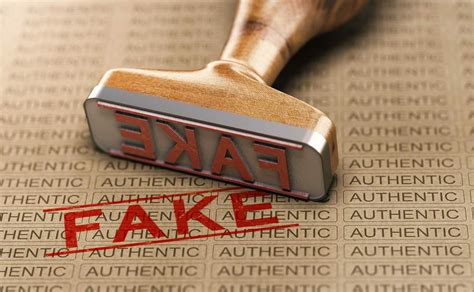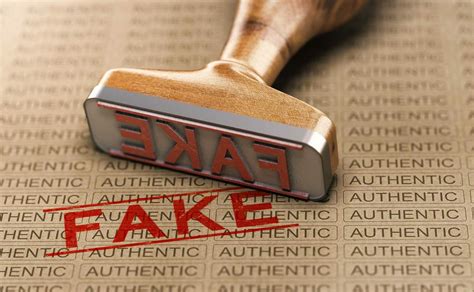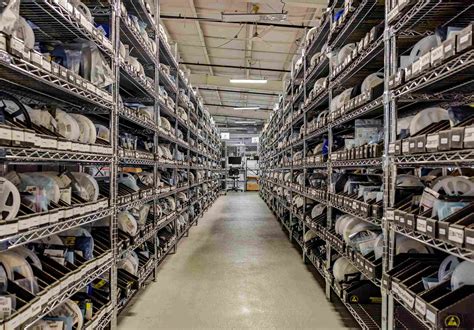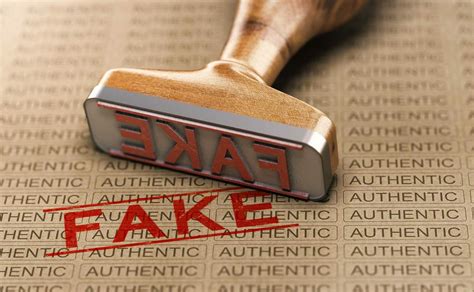1. What are Counterfeit Products and How Do They Affect You?
Counterfeit products are fake replicas of genuine goods, often made with substandard materials and designed to mimic authentic items. These goods can vary from fashion accessories and electronics to pharmaceuticals and automotive parts. Not only do counterfeit products deceive customers, but they also negatively impact brands and endanger consumers.

Counterfeiting affects the economy and poses risks to consumer safety. Fake electronics might not adhere to safety standards, while counterfeit drugs can have deadly consequences. For brands, counterfeits dilute brand value and reduce profit margins.
Here are key ways counterfeit products affect consumers and companies:
- Loss of Money: Counterfeit items are often sold at reduced prices, and while it might seem like a good deal, you’re losing money on a substandard product.
- Health Risks: Poorly manufactured products like fake medications can be hazardous.
- Legal Issues: Purchasing counterfeit products may indirectly support illegal activities, such as organized crime or child labor.
2. How Can You Identify Counterfeit Products Before Purchasing?
Before purchasing a product, it’s essential to identify potential red flags. Here are the steps to spot a counterfeit product:

- Check the Packaging: Authentic products typically have high-quality packaging, including clear logos, well-spelled text, and intact security seals.
- Inspect Labels and Logos: Compare the label or logo on the product with the brand’s official product photos. Counterfeits often have small inconsistencies in design.
- Review the Price: A price significantly lower than the market value can be a red flag. Always check the standard price to avoid suspiciously cheap deals.
- Research the Seller: Check for the authenticity of the retailer. Read customer reviews, and look for verified seller tags on online marketplaces.
3. What are the Most Common Counterfeit Products?
Counterfeit products can appear in almost every industry. Here are some of the most counterfeited products:
| Product Type | Examples | Risks Involved |
|---|---|---|
| Electronics | Smartphones, Headphones, Chargers | Fire hazards, malfunction, data loss |
| Clothing & Accessories | Designer Bags, Shoes, Watches | Skin allergies, poor durability |
| Medicines | Prescription Drugs, Supplements | Health risks, ineffective treatment |
4. What Steps Can Brands Take to Prevent Counterfeiting?
Brands are taking proactive measures to curb counterfeiting. Here’s what companies are doing to protect their products and consumers:

- Using Unique Serial Numbers: Assigning unique serial numbers to each product helps identify counterfeit items.
- Implementing Anti-Counterfeit Technologies: Technologies like RFID tags, holograms, and digital watermarks aid in product verification.
- Monitoring Supply Chains: Close monitoring of the supply chain and authorized distributors can reduce the entry of fake products.
- Raising Consumer Awareness: Brands educate consumers through websites, apps, and social media channels about recognizing counterfeit goods.
5. What Role Does Technology Play in Preventing Counterfeiting?
Technology plays a critical role in the fight against counterfeit goods. Some cutting-edge solutions include:
- Blockchain Technology: Blockchain offers a secure way to track product origins from manufacturers to customers.
- QR Code Verification: Consumers can scan QR codes on products to verify authenticity directly through official brand channels.
- Artificial Intelligence (AI): AI algorithms can detect and analyze counterfeit listings in online marketplaces.
By integrating technology into their systems, companies can stay a step ahead of counterfeiters and safeguard customers.
6. What Can You Do If You Accidentally Purchase a Counterfeit Product?
If you suspect that you’ve bought a counterfeit product, take these steps:
- Contact the Seller: Approach the seller to discuss your concerns and ask for a refund or replacement.
- File a Complaint with the Platform: If purchased online, report the counterfeit product to the e-commerce platform to prevent others from buying the fake item.
- Alert the Brand: Inform the brand about the counterfeit product and provide details such as seller information and proof of purchase.
- Check for Return and Refund Policies: Most reputable sellers will offer a refund or replacement for counterfeit items.
Summary Table of Key Points
| Topic | Key Insights |
|---|---|
| Counterfeit Product Definition | Fake replicas of genuine items, harmful to consumers and brands. |
| Identifying Fake Products | Check packaging, labels, prices, and seller authenticity. |
| Common Counterfeit Products | Electronics, clothing, accessories, medicines. |
| Brand Measures Against Counterfeiting | Unique serial numbers, anti-counterfeit technologies, and consumer awareness. |
| Role of Technology | Blockchain, QR code verification, AI for counterfeit detection. |
FAQs
1. What are counterfeit products?
Counterfeit products are fake replicas of genuine goods, often made with inferior materials and aimed at deceiving customers.
2. How can I identify fake products online?
Look for clear brand logos, read customer reviews, compare prices, and check seller authenticity through verified tags.
3. What should I do if I buy a counterfeit item?
Contact the seller for a refund, report the incident to the platform, and inform the brand.
4. Why are counterfeit products dangerous?
Counterfeits can pose health risks and cause financial losses, and they often support illegal activities.
5. Can blockchain technology prevent counterfeiting?
Yes, blockchain can track product origins, ensuring a secure and transparent supply chain.
6. What products are most often counterfeited?
Electronics, fashion items, and medications are commonly counterfeited due to high demand.
7. How do brands protect their products from counterfeiters?
Brands use unique serial numbers, anti-counterfeit technologies, and consumer education to protect their products.


